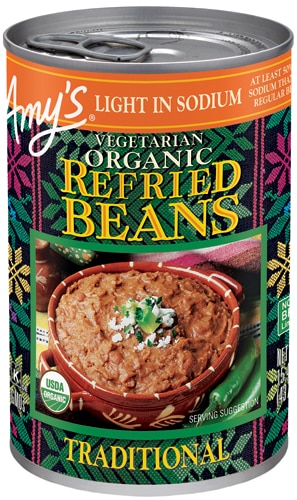Labels help us understand products. Not always for food though.
Food expiration labels aren't required by federal law, except for baby formula. And despite implications, stamped dates “are not an indicator of a product's safety,” according to the U.S. Department of Agriculture.
Instead, manufacturers date food to help consumers and retailers know when it's at peak quality. What's more, manufactures don't all use the same method to come up with dates. And to make matters more confusing, some states have food expiration laws.
Still, a basic outline can help.
Here's the scoop on several common labels, according to the USDA, Cleveland Clinic and Natural Resources Defense Council:
“Sell by”
A manufacturer-set date that tells the store how long to display something so that consumers get the best quality. You should buy the product before that date. Obviously, the duration for post-purchase quality varies.
Pasteurized milk, which gets wasted a lot in the U.S., is usually good for about one week after the sell-by date, according to the University of Illinois Extension. The Cleveland Clinic says it's 2 to 3 days. Let your nose be the judge. Actually, even if milk smells bad and is past the sell-by date it shouldn't make you sick, according to the Ohio State University College of Food, Agricultural, and Environmental Sciences.
That said, protocol is different for several foods, listed below. If they have a sell-by date or no date at all, the USDA says you should cook or freeze them within the following number of days after purchase, and store them at 40 degrees F or below until then:
- Poultry: 1 or 2 days
- Beef, veal, pork, lamb: 3 to 5 days
- Ground meats: 1 or 2 days
- Pork, beef and turkey sausage that hasn't been cooked: 1 or 2 days
- Eggs: 3 to 5 weeks
“Best if used by” or “best if used before”
The date by which the manufacturer says the product will have the best flavor or quality. Does not refer to food safety.
“Use by” or “expiration date”
The last date the manufacturer recommends for peak quality. If a product has a use-by date, follow that date—though the USDA notes that “even if the date expires during home storage, a product should be safe, wholesome and of good quality if handled properly.” Don't take this as gospel, though, given new recommendations you'll read about in a sec.
“Production date” or “pack date”
The date the product was manufactured or placed in its final packaging.
Coded date
Packing number for use by the manufacturer to identify production times and dates.
The good news is labels might get streamlined. Last year, the Food Marketing Institute and the Grocery Manufacturers Association suggested manufacturers use just two labels: “BEST If Used By / BEST If Used or Freeze By” when products “may not taste or perform as expected” after the noted date but are safe to eat. And “USE By” or “USE or Freeze By” for products that are highly perishable or could go bad as time passes. The caps are an official part of the phrases, by the way. The trade associations had hoped adoption would be in place by summer 2018, though they noted that it could take longer to get all companies on board.
Regardless, common sense also should dictate how you follow food labeling. You'd be nuts to think a package of ground turkey that's been in the fridge for a month is safe, regardless of any date stamped on it.
How you transport and handle food are big factors too. Lug your groceries home for 30 minutes in summer heat, and spoilage is more likely than if you transport them in an icy cooler. Defrost meat or chicken at room temperature for more than two hours and you could be in trouble, according to the Food Safety and Inspection Service arm of the USDA. Same goes for leaving cooked meats out for several hours in warmer temps, then thinking you can save them as leftovers.
Here are general rules for a few types of food:
Canned
Safe indefinitely and regardless of the date on the can, as long as the can isn't exposed to freezing temps or temps above 90 degrees F. As a general rule, if the can looks fine, the food is safe. Get rid of cans that are dented, rusted or swollen because that could mean bacteria is brewing. Canned foods that are low in acid (corn, tuna, peas) can be stored (unopened of course) for 2 to 5 years. Canned foods higher in acid (tomatoes, pickles, sauerkraut) will keep peak quality for 12 to 18 months.
Dried
Most keep for a “very long time,” including pasta, beans and flour, according to the USDA. But their vitamin content would probably slide after two to three years, and most vitamins would be gone in five years, according to Utah State University. Store those goods in a warm place and it'll happen faster. Protein, carbohydrates, minerals and other nutritional components should stay the same though.
Frozen
Foods “kept frozen continuously are safe indefinitely” whether you bought them frozen or properly froze them yourself, according to the USDA. That's because bacteria and other pathogens cannot grow in food that’s frozen at 0 degrees F or below. Still, food that's been frozen for ages might note taste delectable.
If you hunger for more info on exactly what to do with specific foods, check the USDA's FoodKeeper app. It tells you how long all kinds of products can be stored from pantry to fridge to freezer.
Journalist Mitra Malek regularly creates content for wellness-focused outlets, including Yoga Journal, where she was an editor. Learn more at mitramalek.com.




